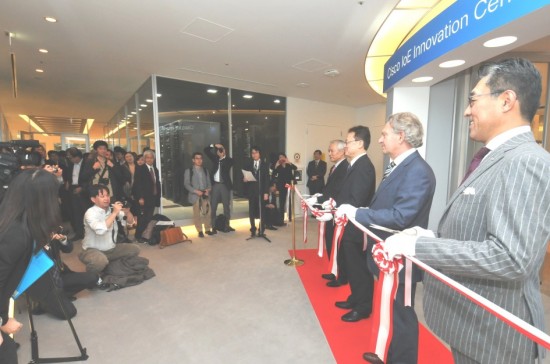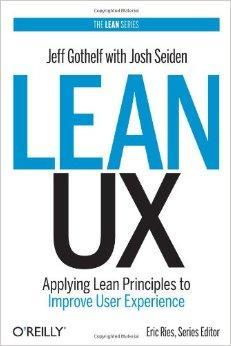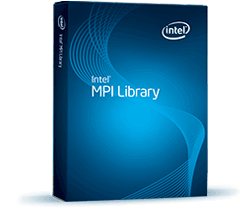According to the Breach Level Index, between July and September of this year, an average of 23 data records were lost or stolen every second – close to two million records every day.1 This data loss will continue as attackers become increasingly sophisticated in their attacks. Given this stark reality, we can no longer rely on traditional means of threat detection. Technically advanced attackers often leave behind clue-based evidence of their activities, but uncovering them usually involves filtering through mountains of logs and telemetry. The application of big data analytics to this problem has become a necessity.
To help organizations leverage big data in their security strategy, we are announcing the availability of an open source security analytics framework: OpenSOC. The OpenSOC framework helps organizations make big data part of their technical security strategy by providing a platform for the application of anomaly detection and incident forensics to the data loss problem. By integrating numerous elements of the Hadoop ecosystem such as Storm, Kafka, and Elasticsearch, OpenSOC provides a scalable platform incorporating capabilities such as full-packet capture indexing, storage, data enrichment, stream processing, batch processing, real-time search, and telemetry aggregation. It also provides a centralized platform to effectively enable security analysts to rapidly detect and respond to advanced security threats.
The OpenSOC framework provides three key elements for security analytics:
-
Context
A mechanism to capture, store, and normalize any type of security telemetry at extremely high rates. OpenSOC ingests data and pushes it to various processing units for advanced computation and analytics, providing the necessary context for security protection and the ability for efficient information storage. It provides visibility and the information required for successful investigation, remediation, and forensic work.
-
Real-time
Real-time processing and application of enrichments such as threat intelligence, geolocation, and DNS information to collected telemetry. The immediate application of this information to incoming telemetry provides the greater context and situational awareness critical for detailed and timely investigations.
-
Centralized Perspective
The interface presents alert summaries with threat intelligence and enrichment data specific to an alert on a single page. The advanced search capabilities and full packet-extraction tools are available for investigation without the need to pivot between multiple tools.
During a breach, sensitive customer information and intellectual property is compromised, putting the company’s reputation, resources, and intellectual property at risk. Quickly identifying and resolving the issue is critical, but, traditional approaches to security incident investigation can be time-consuming. An analyst may need to take the following steps:
- Review reports from a Security Incident and Event Manager (SIEM) and run batch queries on other telemetry sources for additional context.
- Research external threat intelligence sources to uncover proactive warnings to potential attacks.
- Research a network forensics tool with full packet capture and historical records in order to determine context.
Apart from having to access several tools and information sets, the act of searching and analyzing the amount of data collected can take minutes to hours using traditional techniques.
When we built OpenSOC, one of our goals was to bring all of these pieces together into a single platform. Analysts can use a single tool to navigate data with narrowed focus instead of wasting precious time trying to make sense of mountains of unstructured data.
No network is created equal. Telemetry sources differ in every organization. The amount of telemetry that must be collected and stored in order to provide enough historical context also depends on the amount of data flowing through the network. Furthermore, relevant threat intelligence differs for each and every individual organization.
As an open source solution, OpenSOC opens the door for any organization to create an incident detection tool specific to their needs. The framework is highly extensible: any organization can customize their incident investigation process. It can be tailored to ingest and view any type of telemetry, whether it is for specialized medical equipment or custom-built point of sale devices. By leveraging Hadoop, OpenSOC also has the foundational building blocks to horizontally scale the amount of data it collects, stores, and analyzes based on the needs of the network. OpenSOC will continually evolve and innovate, vastly improving organizations’ ability to handle security incident response.
We look forward to seeing the OpenSOC framework evolving in the open source community. For more information and to contribute to the OpenSOC community, please visit the community website at http://opensoc.github.io/.
1http://www.breachlevelindex.com/
Share:




 Cisco is pleased to announce the intention to support the Intel MPI Library™ with usNIC on the UCS server and Nexus switches product lines over the ultra low latency Ethernet and routable IP transports, at both 10GE and 40GE speeds.
Cisco is pleased to announce the intention to support the Intel MPI Library™ with usNIC on the UCS server and Nexus switches product lines over the ultra low latency Ethernet and routable IP transports, at both 10GE and 40GE speeds.
CONNECT WITH US